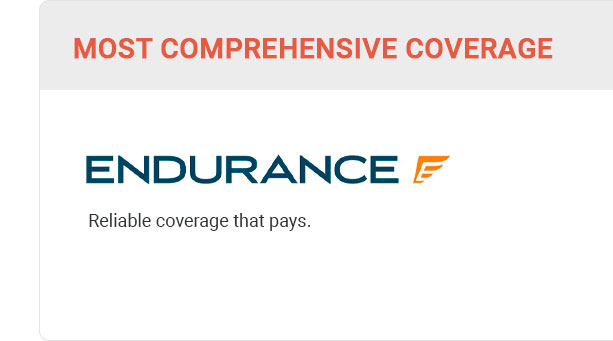 |
 |
 |
 |
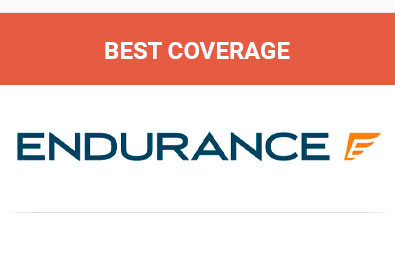 |
 |
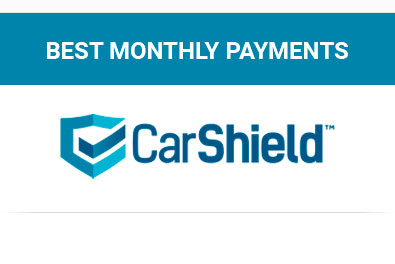 |
 |
 |
 |
|||
 |
 |
|||
 |
 |
|||
 |
 |
|
|||||||
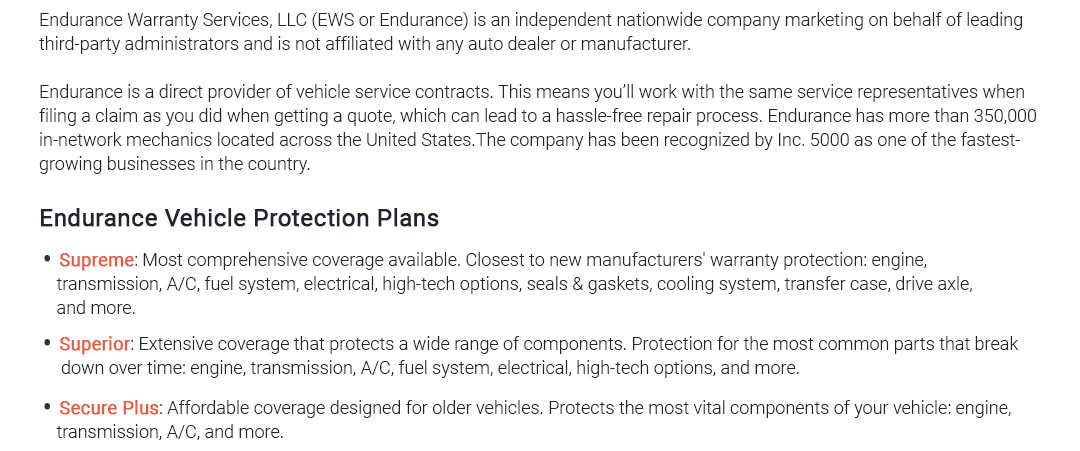 |
|||||||
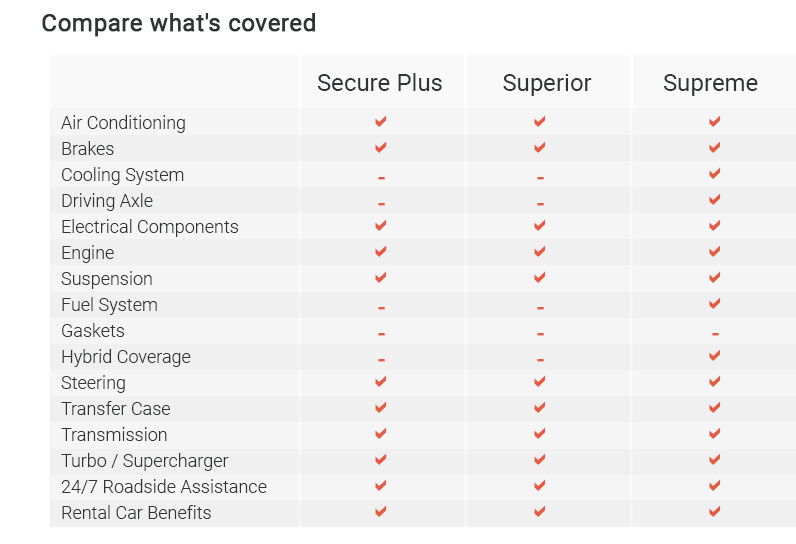 |
|||||||
 |
|||||||
 |
|||||||
|
|||||||
|
||||||
 |
||||||
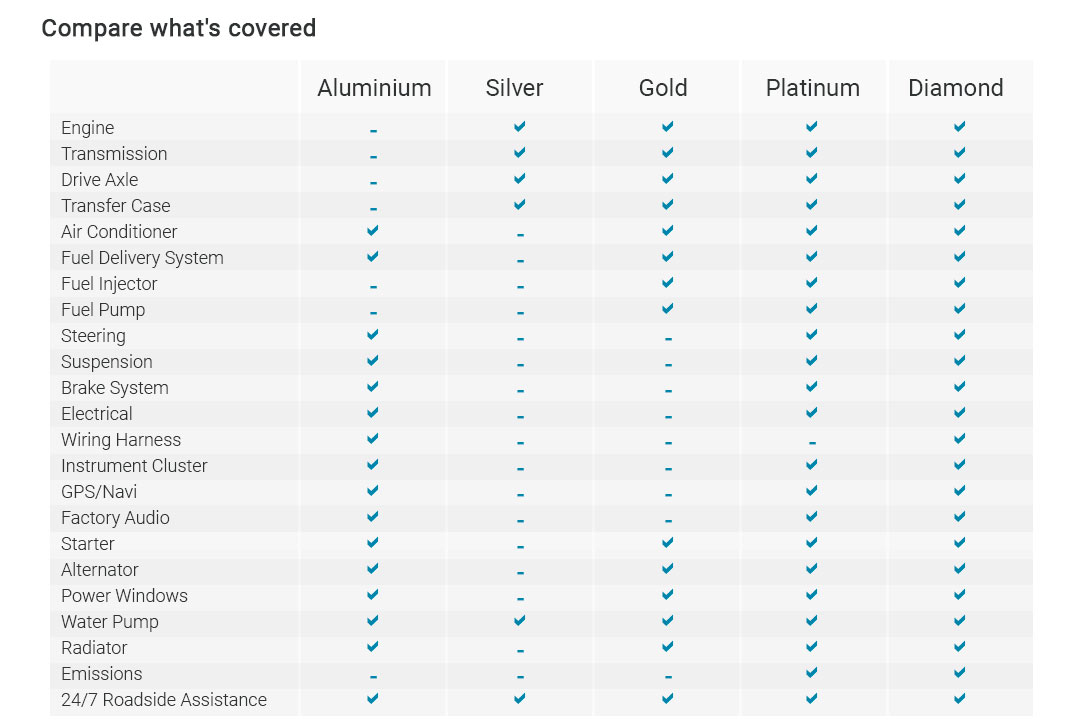 |
||||||
 |
||||||
|
 |
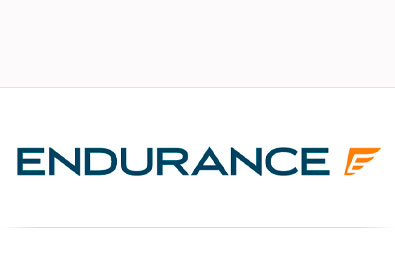 |
 |
 |
 |
 |
 |
|||
 |
 |
|||
 |
 |
Understanding Motor Breakdown Cover: Navigating Your OptionsIn today's fast-paced world, where the dependency on vehicles is undeniable, motor breakdown cover emerges as an essential yet often overlooked aspect of responsible vehicle ownership. This type of insurance, which provides assistance in the event of a vehicle breakdown, can be the difference between a minor inconvenience and a major hassle. As we delve into the nuances of motor breakdown cover, it's important to consider the various options available and weigh the pros and cons to make an informed decision. At its core, motor breakdown cover is designed to offer peace of mind to drivers by ensuring that help is just a phone call away when things go awry on the road. Whether you're commuting to work, embarking on a cross-country road trip, or simply running errands around town, the unpredictability of a vehicle breakdown can be a source of stress. With a breakdown cover, however, one can significantly mitigate this stress, knowing that assistance is readily available, often 24/7. One of the key advantages of having motor breakdown cover is the swift response it provides. Many providers offer roadside assistance that can quickly dispatch a mechanic to your location, helping you get back on the road with minimal delay. This is particularly beneficial during unexpected breakdowns in remote areas or during inclement weather conditions when waiting for help can be uncomfortable or even hazardous. Furthermore, most breakdown cover plans include services such as towing to a nearby garage if on-the-spot repairs are not feasible. For those who rely heavily on their vehicles, this can be a lifesaver, preventing disruptions to daily schedules and commitments. Additionally, some policies offer features like onward travel, which can cover the cost of alternative transportation or accommodation if your vehicle cannot be repaired immediately. However, like any insurance product, motor breakdown cover comes with its considerations and limitations. For instance, not all policies are created equal, and it is imperative to scrutinize the terms and conditions carefully. Some plans may have restrictions on the number of callouts allowed per year or may not cover vehicles over a certain age or mileage. This variability necessitates a thorough evaluation of one's specific needs and driving habits to select the most suitable plan. Price is another factor that often influences the decision-making process. While basic breakdown cover can be relatively inexpensive, more comprehensive plans with extensive coverage and perks can be significantly pricier. It's vital to strike a balance between cost and coverage, ensuring that the plan chosen aligns with both your budget and your expectations of service. Moreover, it's worth mentioning the peace of mind that a robust motor breakdown cover can provide, which is, in itself, a compelling argument for its necessity. The reassurance that comes with knowing you won't be stranded or left to your own devices in the event of a breakdown is invaluable to many drivers. In a world where convenience and reliability are prized, this aspect of motor breakdown cover cannot be overstated. In conclusion, while motor breakdown cover may not be legally required like other forms of car insurance, its benefits are undeniably practical and often pay for themselves in moments of need. When navigating the myriad options available, it's crucial to consider your driving patterns, the age and condition of your vehicle, and your personal risk tolerance. By taking these factors into account, you can choose a plan that not only fits your budget but also enhances your driving experience, providing that extra layer of security on the road.
Ultimately, making an informed choice about motor breakdown cover means you’re not just purchasing a service; you're investing in the assurance that wherever the road may lead, help is never far behind. https://www.ers.com/insurance/motor-breakdown-insurance
With our roadside assistance, we cover the insured vehicle against a breakdown more than a mile from the home address, compared with more than mile for most ... https://www.swiftcover.com/car-insurance/breakdown-cover/
Looking for breakdown cover to protect you? We've got you (Swift)covered. We offer four levels of breakdown cover. https://www.admiral.com/breakdown-cover
We'll cover the callout fees and mileage charges needed to repair or assist with your car. If it can't be fixed within 48 hours, or by your departure date, we' ...
|



